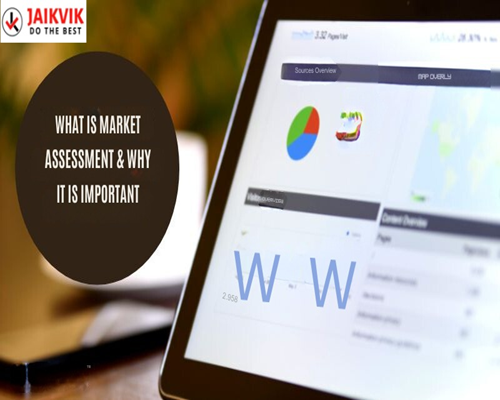INTRODUCTION
Market Research
In a detailed project report (DPR), the Market Assessment section is crucial for evaluating the viability and potential of the proposed products or services.
This assessment involves comprehensive secondary market research to gain insights into the market structure, demand-supply dynamics, growth prospects, historical and expected price trends, marketing strategies, regulatory landscape, and competition.
Here's a detailed breakdown of how to elaborate on each component in the Market Assessment section:

1. Structure and Characteristics of the Proposed Products/Services: Provide detailed descriptions of the products or services that the project aims to manufacture or provide.
Explain their features, specifications, unique selling points (USPs), and any proprietary technology or intellectual property involved.
2. Demand-Supply Analysis: Assess the demand for the products or services in the target market. Include information on the approximate present size of the market and its segmentation.
Identify major demand drivers and indicators, such as consumer preferences, demographic trends, economic factors, and market behavior.
3. Growth Trend and Prospects: Analyze the historical growth trends of the market for the proposed products or services. Provide data on past growth rates, market fluctuations, and any seasonality.
Discuss the growth prospects, considering factors like market expansion, emerging trends, and potential challenges.
4. Historical and Expected Price Trends:Present historical price trends for similar products or services, if available. Discuss any significant price fluctuations and their causes.
Provide insights into expected future price trends, considering factors like inflation, competition, and changes in demand.
5. Review and Comment on the Marketing Concept, Sales Forecast, and Marketing Budget: Examine the marketing concept and strategy for promoting the products or services. Discuss target customer segments, positioning, and marketing channels.
Assess the sales forecast, including projected sales volumes, revenue, and assumptions used in the forecast.
Review the marketing budget to evaluate the allocation of resources for advertising, promotion, and market research.
6. Exposure to Regulations: Detail any regulatory requirements or compliance issues related to the products or services. Discuss permits, licenses, quality standards, or industry-specific regulations.
Analyze the potential impact of regulations on production, distribution, and pricing.
7. Competition Analysis: Identify and provide a comprehensive list of key competitors in the market. Include their market share, strengths, weaknesses, and strategies.
Evaluate the competitive landscape, potential barriers to entry, and any specific advantages that the project may have over competitors.
Quick Links
© Jaikvik Business India Private Limited. All Rights Reserved.
